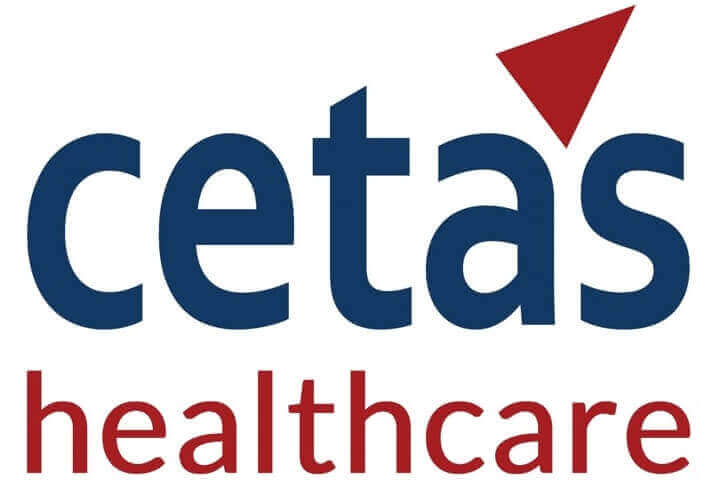X
Atrial Fibrillation (AFib) is a prevalent cardiac arrhythmia that poses significant challenges in healthcare management. The integration of Cardiovascular Information Systems (CVIS) offers promising solutions to enhance AFib care. This article explores the current challenges in AFib management, the benefits of implementing CVIS, and key considerations for selecting CVIS.
Managing AFib involves complexities that can impede effective patient care:
Adopting a CVIS can address these challenges by offering:
Integrating a Cardiovascular Information System into AFib care pathways can significantly enhance patient management by improving data integration, streamlining workflows, and supporting advanced diagnostic and treatment decision-support capabilities.


We provide the best insights for your business
